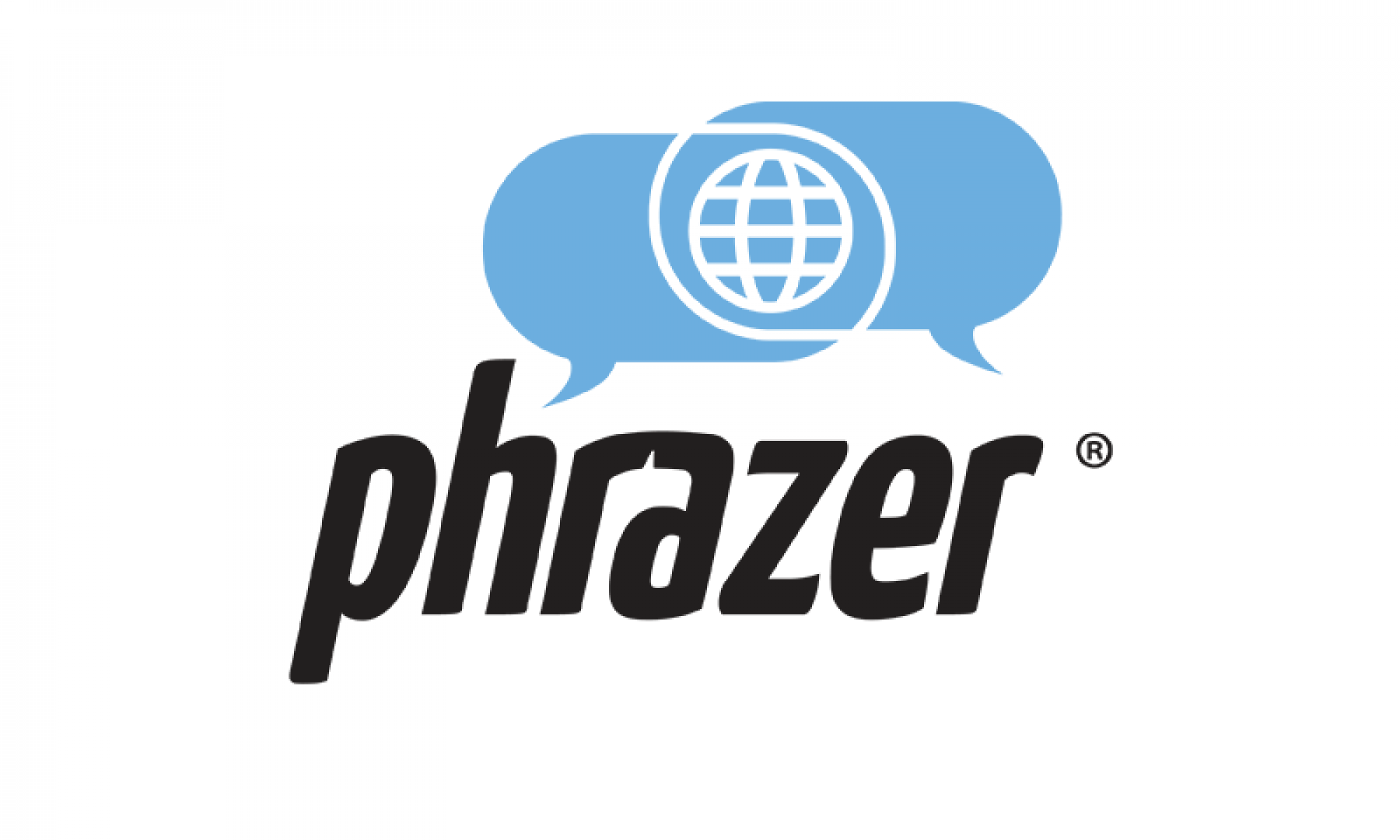
The misrepresentations in the market regarding the use of consumer systems for broad medical uses has increased dramatically over the past 9 months. This is stunning since the products in question totally lack infectious disease safety, HIPAA certifications and would be a roadmap for the greatest increase of health disparity in the history of US healthcare.
This topic has been addressed in prior blogs and in special videos produced by GeaCom that debunk the myth that this approach is appropriate, safe, effective, less expensive or even legal but it seems the battle continues. Here is another approach in the form of 10 key questions to ask before considering consumer platforms a reasonable approach to modernized healthcare:
- How would you plan to meet or even approach infectious disease standards? One transmission, just one, can lead to irreversible tragedy. Notice what happens when frontline healthcare staff becomes effected for example.
- Does it seems that the wealthier will have better devices and therefore better access? Mobile devices have a price tag exceeding $800 each and not everyone has the same versions, OS, platform or capabilities. With over 20 versions of operating systems running, how do you think these solutions will standardize?
- How will this effect continuity of care? Networks are expensive, unreliable and not capable of mission critical service. Many network service are limited to less than 1GB (this can be consumed in one visit) and many network services ‘throttle’ bandwidth.
- Since virtual health applications are 1:1 use cases how do you think this sort of approach scales? There is a physician and nurse shortage that is progressively getting worse.
- How will the additional cost of secure data entry be accounted for in the consumer model? Phones and consumer systems are not connected to the Electronic Medical Record and there are security concerns.
- How would consumer models address vital Civil Rights requirements? Language services on live calls is fraught with error and cost.
- Will healthcare also be distributed unevenly based on private network companies business models? Rural America has limited cell and WiFi capabilities.
- How do you account for the high risk, high cost groups? The elderly, vision impaired and low literacy make up the bulk of healthcare consumption but all have little or no ability to work with consumer devices.
- How do you deal with producers who do such nefarious things that would effect health outcomes? Consumer device makers such as Apple and Samsung have been found guilty, in court, of purposefully slowing devices to incentivize purchase volumes.
- How are would you ensure vital security to legal standards? Consumer systems are nearly 100% hacked and exploited. Each has 1000s upon 1000s of examples of data exploitation. The systems are literally designed to share user locations and data making HIPAA activities impossible.
The above is only a partial list of simple examples of the impossibility of the consumer model but if you can’t address even these effectively then you can’t recognize a path to establish this model.
